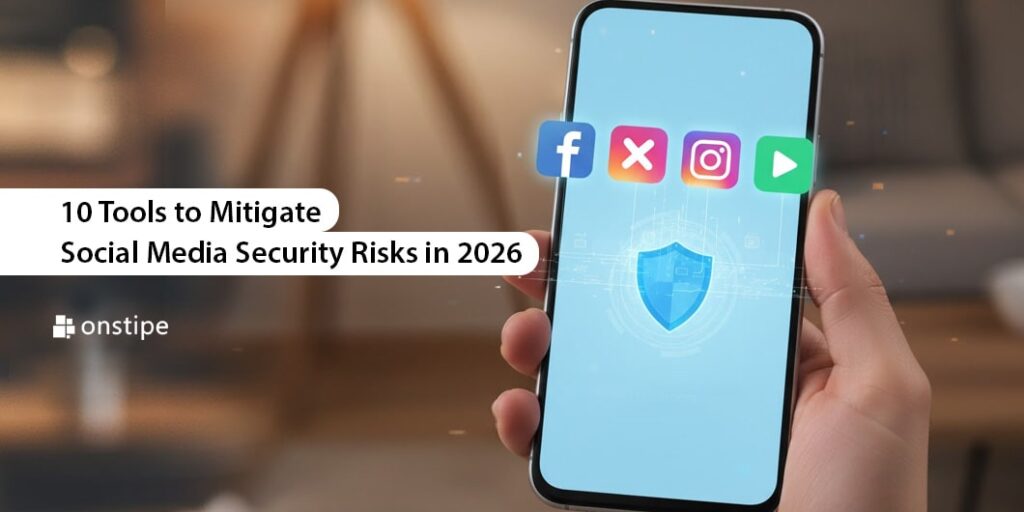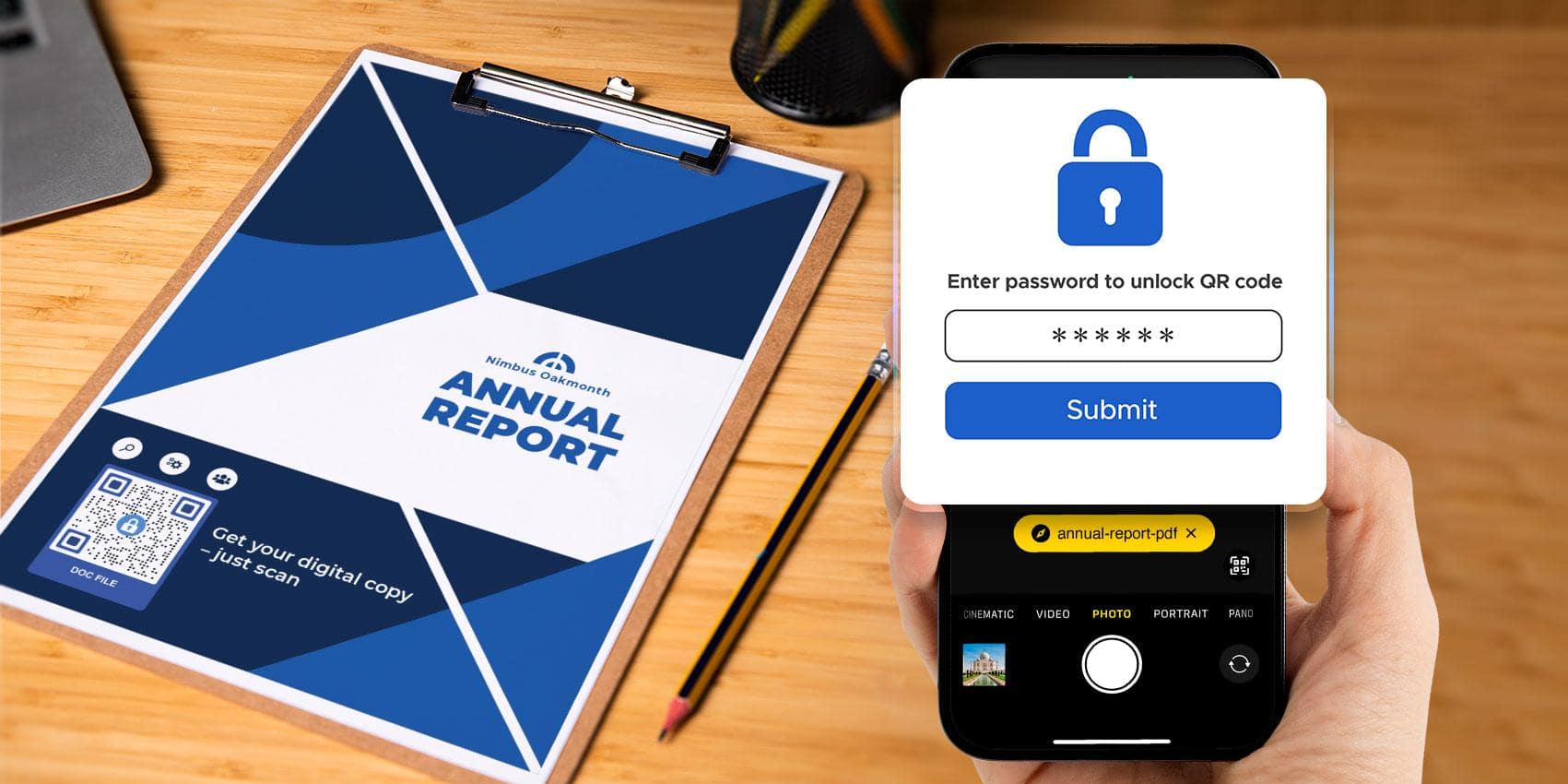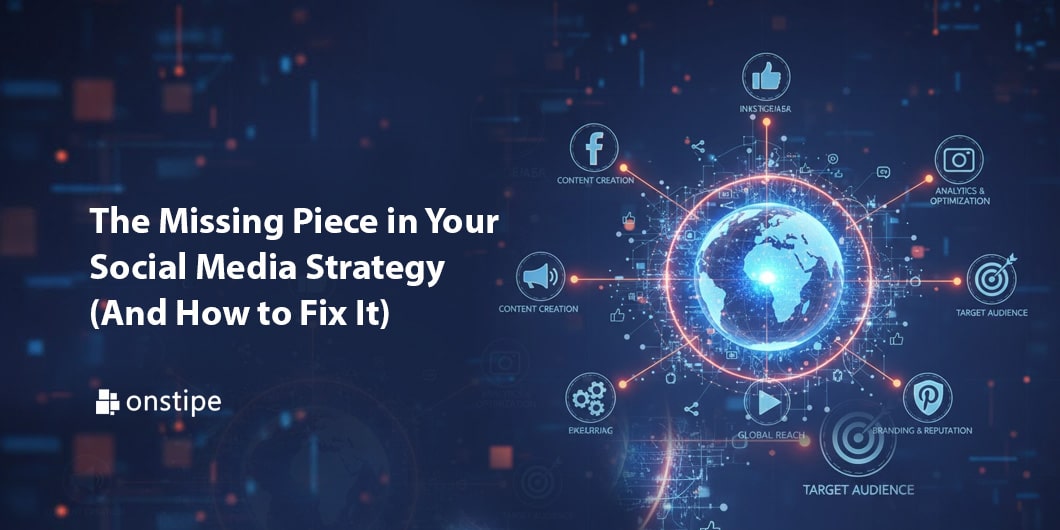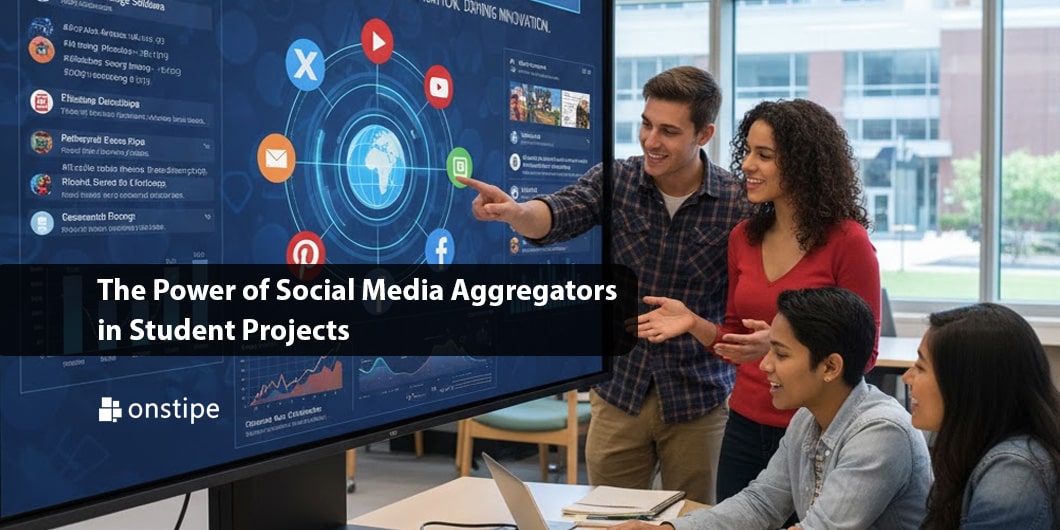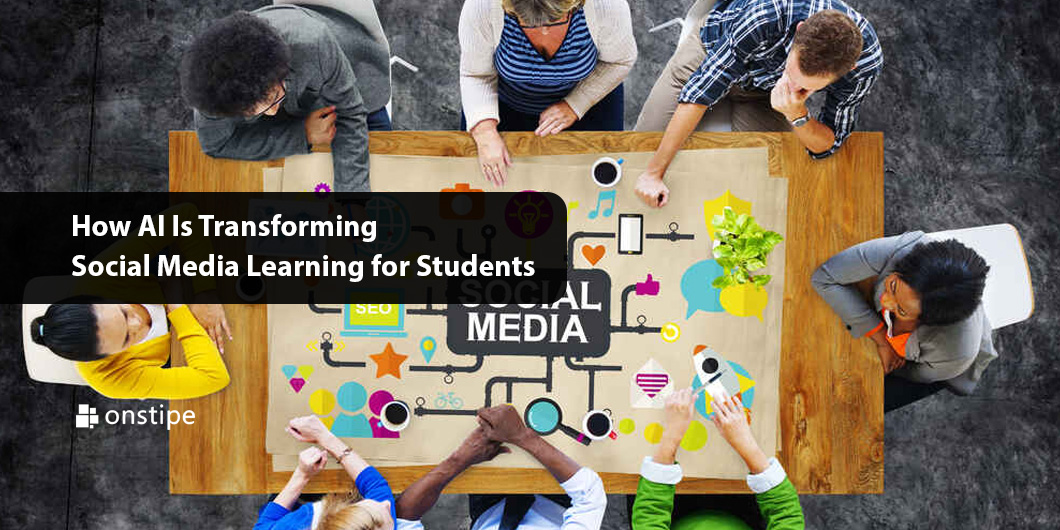Social media security risks are growing more complex as attackers increasingly rely on advanced AI systems to create realistic fake profiles, steal login details, manipulate conversations, and spread false information. These threats evolve quickly and are no longer limited to simple scams. Even large language models can be misused in attacks, which is why securing AI-driven workflows has become essential for anyone managing a public presence.
Protecting accounts now requires strong tools that detect problems early and help prevent misuse before it leads to financial loss, reputational damage, or data exposure. Let’s talk about some of the main security concerns around social media and some top tools you can use to minimize or avoid these potential issues.
Common social media security risks
Here are some of the most common social media related security risks you should be ready to tackle.
- Unauthorized account takeovers due to poor authentication practices
- Online impersonation, fake accounts, and bot networks
- Reputational damage caused by impersonation campaigns, engagement spikes, or negative trends
- Access to private data through unmonitored third-party apps
- Synthetic, spam, or manipulated content that can be used for misinformation (and lead to your account getting flagged as well)
- Human error (falling for scams like phishing, manipulation, or impersonation)
- Accidental sharing of sensitive information on social media (can lead to financial or reputational damage, too)
- Lack of systems in place for early detection can make other preventative measures useless
- Generative AI and LLMs can amplify existing gaps in your online security
- Inability to evolve with evolving threats
10 tools to help mitigate these risks
The following list breaks down ten tools that address specific security risks and help users create safer online environments.
1. Wiz
Modern social media operations and environments rely on dozens of interconnected cloud services, like analytics tools, scheduling platforms, and internal workflows that support publishing across multiple platforms. Each of these cloud components can introduce hidden security risks if misconfigured or left unmonitored. This becomes even more important as organizations begin running AI models and LLM-powered workflows in the cloud, where weak access controls or insecure configurations can introduce LLM security risks. When these issues go unnoticed, they can expose sensitive data, disrupt automation pipelines, or allow attackers to move laterally into resources connected to your social presence.
Wiz helps reduce these risks by continuously scanning your entire cloud environment to identify misconfigurations, toxic permission combinations, exposed assets, and vulnerabilities that could be exploited. It maps relationships across cloud resources, identities, and data to show where real risks exist, including risks introduced by AI or LLM-powered systems running in your cloud. With clear prioritization and automated visibility, Wiz strengthens the cloud foundation behind your social media operations. This ensures that sensitive data, authentication flows, and connected services remain secure, even as environments grow more complex.
2. Microsoft Authenticator
Account takeovers have been one of the most widespread social media security risks for a long time. Passwords are often stolen through phishing schemes, reused across websites, or guessed using information available online. When an attacker gains access to an account, they can send harmful messages, impersonate the owner, or steal private information. This kind of unauthorized access can damage both personal and business reputations and may result in long-term trust issues.
Microsoft Authenticator adds a second layer of protection by requiring a verification step each time someone logs in. The app sends a prompt to the user’s device or generates a temporary code that only the rightful owner can use. Even if an attacker knows the password, all is not lost: they cannot access the account without completing this extra step. The app is easy for beginners and works across most major social media platforms that support app-based two-factor authentication.
3. Sensity AI
Fake profiles are becoming a major challenge because attackers now use AI to generate photos, videos, and text that look so real they could fool the best of us. These profiles can be used to impersonate employees, imitate customers, gather information, or spread scams. People often engage with them without realizing they are interacting with synthetic identities. This increases the risk of data theft and makes misinformation harder to detect.
Sensity AI helps address this problem by detecting deepfakes and synthetic media. It uses advanced analysis to identify images or videos that look realistic but were created with AI tools. By flagging suspicious accounts early, Sensity AI allows organizations to take action before these profiles cause damage. This is especially useful for companies that face frequent impersonation attempts or brand abuse.
4. YouScan
Many social media security risks begin with unnoticed conversations. Sudden spikes in negative comments, misleading claims, or spreading rumors can create serious reputational damage if no one is monitoring the activity. Issues can grow rapidly before a team even realizes something is wrong. Without early detection, these problems may reach a wider audience and become more difficult to correct.
YouScan helps by continuously monitoring social platforms for brand mentions, sentiment changes, visual references, and trending discussions. It alerts users to any unusual activity so that they can respond while the issue is still small. YouScan is useful for spotting impersonation, customer complaints, or organized attempts to harm a reputation. It helps people act quickly and prevents minor issues from becoming full-blown, unmanageable crises.
5. Hive Moderation
Spam, inappropriate content, and misleading media can quickly harm a brand if not moderated properly. With the rise of AI-generated content, dangerous posts can now appear at high speed. Manual moderation is no longer enough to keep up with the volume of material published across social networks. Harmful content can spread before anyone notices, increasing the risk of confusion and reputational damage.
Hive Moderation uses AI to automatically detect unsafe or misleading content before it becomes visible to the public. It analyzes images, videos, and text to flag anything that could be risky. This helps human moderators focus on complex cases rather than reviewing every piece of content manually. Hive Moderation improves accuracy and keeps accounts safer by reducing harmful material from being shared.
6. KnowBe4
Human error is one of the all-time biggest contributors to social media security risks. Many people are easily tricked by messages that seem authentic. They click on harmful links without thinking about the consequences. Many attacks rely on social engineering, which means they target individuals rather than entire systems. Without proper training, employees may unknowingly expose sensitive information or grant access to dangerous actors.
KnowBe4 helps strengthen human awareness by offering training programs and simulation exercises. It teaches users how to recognize phishing attempts, fake profiles, and suspicious requests. Through practice scenarios, people learn how to spot manipulative behavior and respond correctly. This reduces the risk of accidental exposure and strengthens each person’s ability to defend against common threats.
7. Digital Guardian
Sensitive information can be shared online by accident. This includes financial data, internal documents, and confidential discussions. If such information appears on social media, even briefly, it can cause massive legal and reputational damage. Mistakes often happen when employees post quickly without checking the content or when attackers trick them into sharing data.
Digital Guardian monitors outbound web and social media traffic, along with email and other channels, for sensitive data and can block or alert based on policy. It creates a checkpoint that prevents accidental leaks or unauthorized disclosures on social media.
8. ZeroFOX Digital Risk Protection
Some social media security risks occur even when accounts are well protected. Attackers may still attempt impersonation, spread harmful content, or coordinate attacks using fake pages. If these issues are not detected quickly, they can escalate and cause significant harm. Delayed action often makes cleanup more difficult.
ZeroFOX Digital Risk Protection monitors social platforms, websites, and other online spaces for signs of impersonation or harmful campaigns. It alerts users to suspicious activity and helps with the removal of fake pages or dangerous content. This creates an organized approach to incident response and reduces the damage caused by these attacks.
9. IBM watsonx.governance
AI-generated material can create new risks when used for social media communication. Without oversight, automated content may include inaccurate information or may unintentionally violate safety guidelines. Businesses that rely on AI need a way to monitor how these systems behave to prevent unintended harm.
While watsonx.governance does not plug into social media accounts directly, it helps by monitoring AI and large language model activity. It offers tools to ensure responsible use, detect unusual behavior, and maintain compliance. This supports safer publishing practices and helps organizations avoid mistakes linked to automated generation.
10. Dataminr Pulse for Cyber Risk
Threats evolve constantly and can appear without warning. A secure account today may face new dangers tomorrow. Without ongoing monitoring, users may not notice early signs of coordinated attacks, platform changes, or emerging vulnerabilities. This lack of visibility leaves people exposed to sudden events.
Dataminr Pulse for Cyber Risk provides real-time awareness by analyzing digital signals from social networks and other sources. It identifies unusual activity, potential threats, and early warning signs so users can take action before issues escalate. This helps create a proactive defense rather than a reactive one.
Wrapping up
Social media security risks today are diverse, fast-moving, and increasingly influenced by AI and LLM-driven content. Protection demands a layered approach. The tools we’ve covered above address a range of risk vectors, from strong authentication, fake-profile detection, and social listening to permission control, content moderation, and data-loss prevention.
Using these tools creates resilience against threats, but they must be combined with organizational policies, governance, and staff vigilance. A consistent, multi-layered approach ensures that social media accounts remain secure, reputations stay protected, and emerging threats are mitigated before they escalate.

